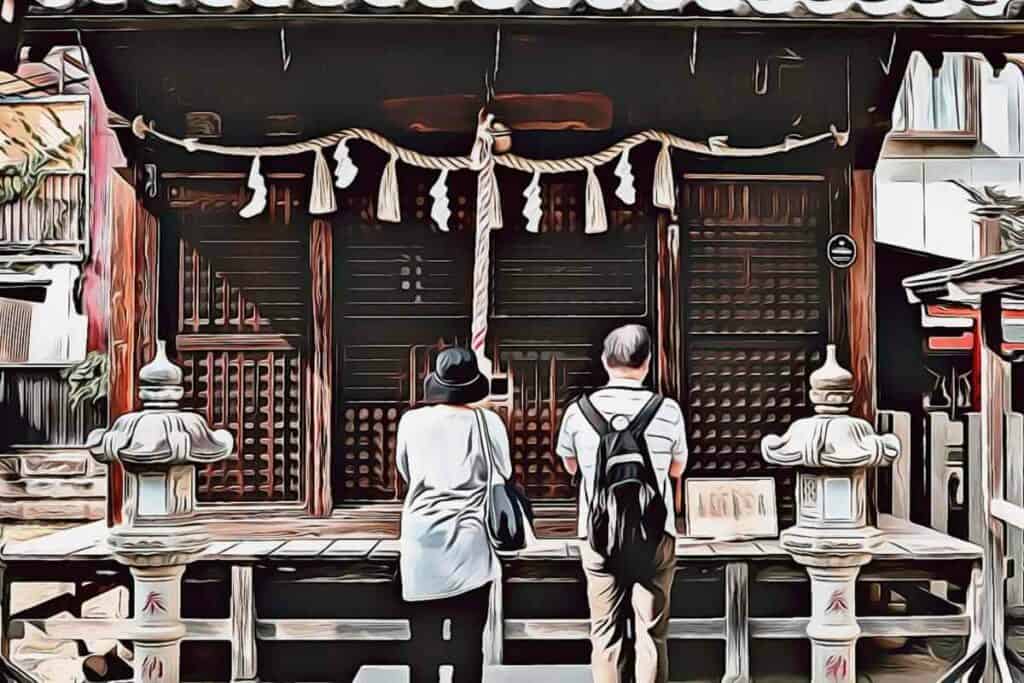
Originally a term meaning “the way of kami,” Shinto was a word established in order to distinguish traditional Japanese beliefs from those of the religion of Buddhism.
Considered to be more a part of Japanese life, rather than a religion, Shinto or ‘the way of the spirits’, has coexisted with Buddhism since ancient times.

At its heart, lies ritual rather than belief, and it has no God, or gods, or otherwise. A connection to nature itself, Shintoism is an ethnic set of ritualistic behaviors linked indigenously to the Land of the Rising Sun and its ancient mythology and folklore.
What to Expect? Practiced for over three thousand years, this article will take you back to the roots of Shintoism and bring you on a journey, ending with a take on today’s general perspective.
Table of Contents
Practicing of Shinto rituals reaches back to approximately 1000 B.C.E and reportedly began on Japanese shores some time before then.
Existing only in folklore, it is notoriously difficult to say when such traditions precisely began. Early documents illustrating Shintoism’s existence date back to the 6 th century: the Heian period between 794 and 1185 A.C.E.
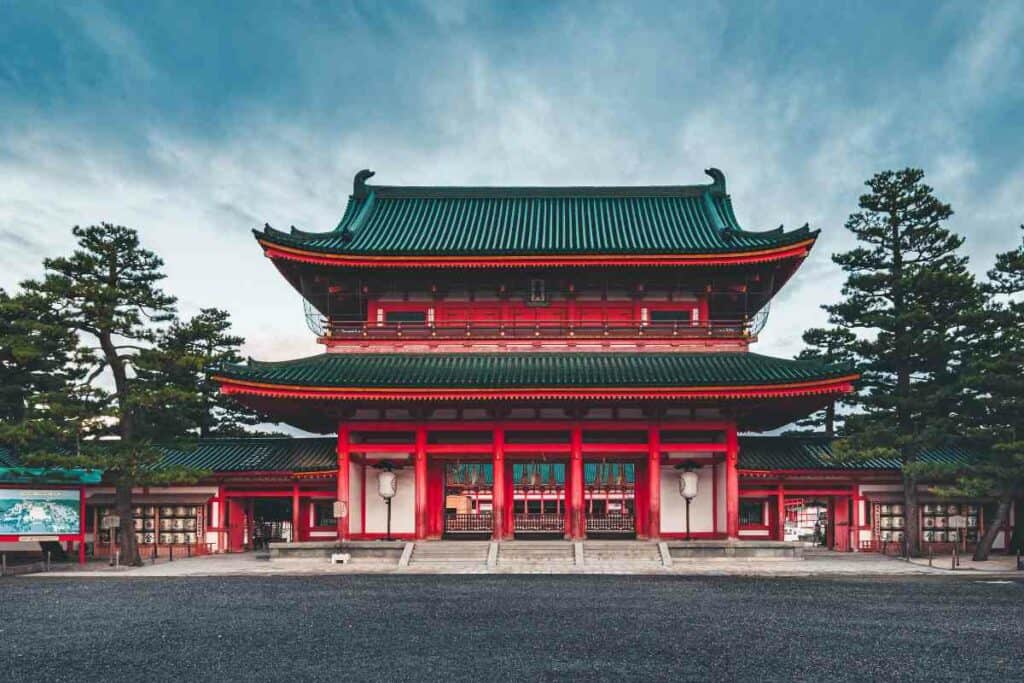
However, before Yoshida Kanetomo (1435-1511) it would be foolish, according to some, to even consider Shintoism to have been separate from Buddhism at all.
Buddhism largely considered kami to be a set of Buddhist manifestations and nothing more.
Throughout Japanese history, there have been a number of pivotal moments which have both established and shaped Shintoism into the entity that it is known to be today.
Founding father Kanetomo put in place an important foundation for the independence of Shintoism from other religions.
In a nutshell, he decided to ignore historical Shinto ideologies about Death and changed rules, which paved the way for the state use of funeral rites.
Although it would be a long time after then that Shintoism would establish itself as something that is completely independent of Buddhism, this part of history is what many argue led the way.
A regime installed via military means, Tokugawa made it a priority to control religious affiliation right from its establishment in 1600.
Throughout their rule, Buddhism and Shintoism were almost inseparably intertwined as the regime endeavored to create a new path for religion.
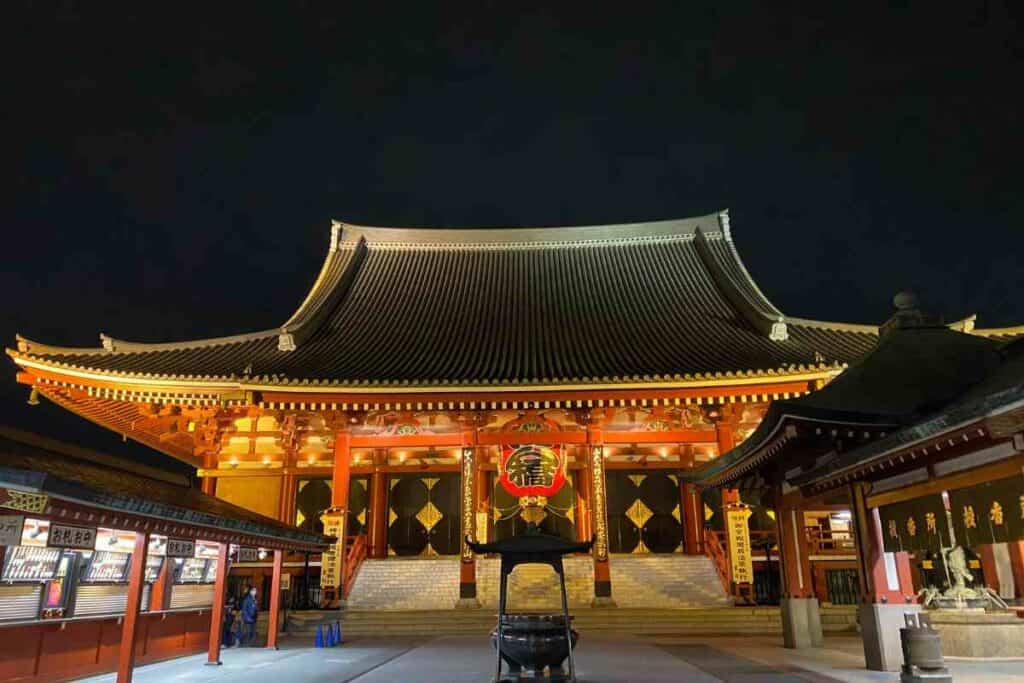
In doing so, they hoped to solidify their rule. A call back to pre-Yoshida times when everything was seen through a Buddhist lens.
Tokugawa was the last in a traditional long line of Shogunates, a regime which saw the Samurai as the bureaucratic class and a time with minimal conflict to distract them.
Social classes were stabilized, and mobility between them was outlawed. Falling only after more than 250 years, the regime lost power in the process of Western Expansionism and the resulting tumult which followed.
This is a term referred to as being generalized, in the sense that it covers a number of reforms that reached prominence in the 17 th Century.
Reforms included the abolishment of Buddhist monks managing Shinto shrines.
This period revived Shintoism, bringing it out from beneath Buddhism’s domineering wing and provided the momentum for future change.
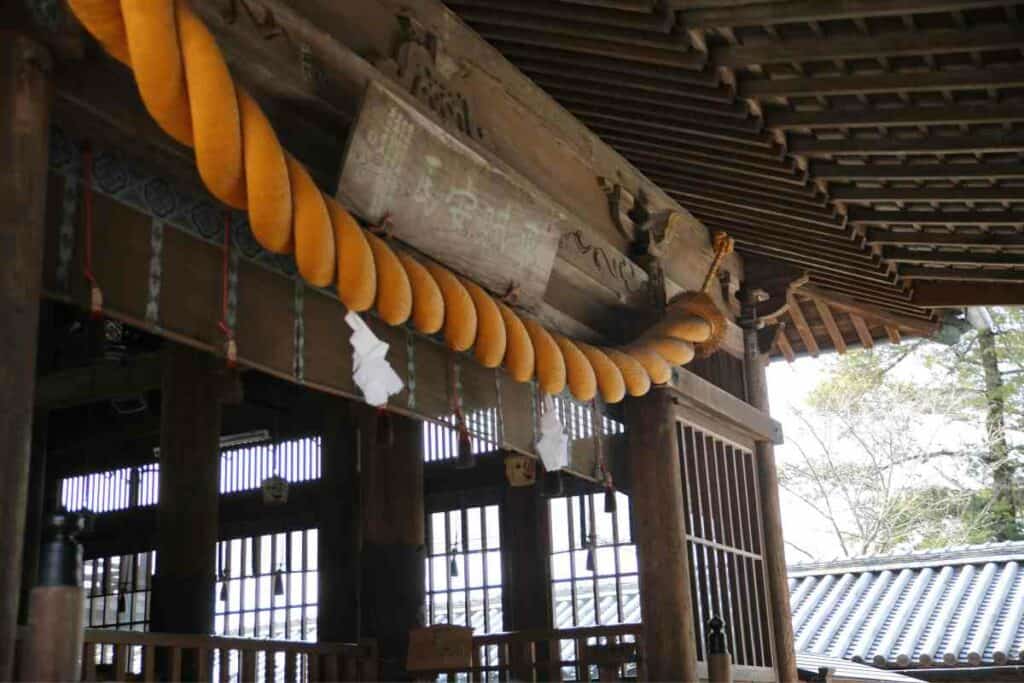
Arguably one of the main factors in Shintoism’s solid place in contemporary Japan, the rise of undeviating imperial power put down firm roots.
Allegedly – Some people have claimed that Shintoism was established within what is termed as The Meiji Restoration. This is due, mainly, to the fact that Shinto was both transformed and nationally institutionalized.
Ancient and very much mythical traditions were resurrected and re-established; by 1868 the government and Shintoism became as one, and even Shinto priests were to answer to a council presiding over all shrines across Japan: The Council of Kami Affairs.
Shintoism was definitively and forcibly separated from Buddhism. Expansionism from the West also played a role in this. The fear of Christianity gaining ground in Japan, served to solidify Shintoism’s position.
Carrying a strongly independent identity in Japan today, Shintoism stands strong.
With over twenty-thousand priests managing over hundred-thousand shrines nationwide, it is easily distinguishable from Buddhism and other religions which have claimed a place amongst the country’s many islands.
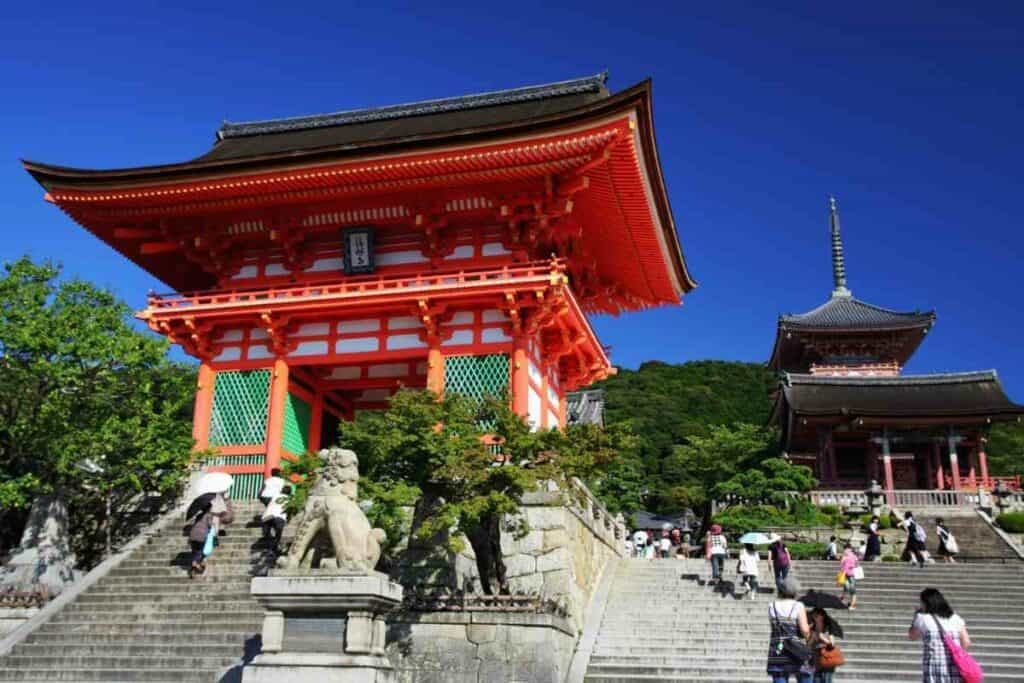
Official numbers hold that Shintoism is practiced by over a hundred-million Japanese people. As well as many others worldwide.
However, while there are a multitude of people who class themselves as “shintoists”, there are also many who partake in rituals who do not.
Still, although it is largely not seen as a strict religion, it is nonetheless Japan’s largest ritual following.
Contemporary scholars separate Shintoism into three specific subcategories.
Being well-known throughout the world today, Shrine Shinto is famous for its traditions, rituals, festivals, and often seemingly strange celebrations.
From nude festivals and penis festivals to those that celebrate simply laughing or cursing, there are many which have made this particular religion quirky and interesting enough to become general knowledge.
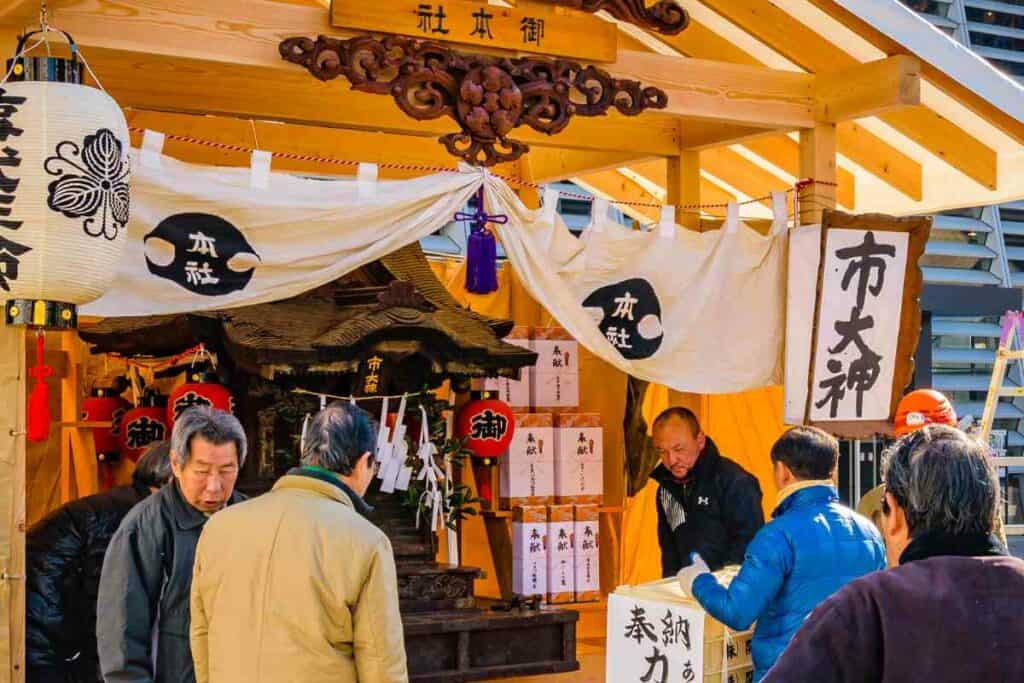
It is no surprise, then, that this form supposedly reaches back to the very start of Japan’s history.
Although many episodes of that history have been contested, building shrines to honor nature, and establishing ritualistic behaviors around them is deeply rooted within it.
The Torii Gates – Which stand at the entrance to shrines, as well as creating paths beyond them, are reputedly verified ancient traditions with ancient symbolism.
Even acknowledging the existence of Shinto folklore and mythology evidences (loosely) that Shinto was indeed indigenous to Japan.
Folklore is a part of every culture in the world and is often based upon oral traditions of storytelling; stories passed down through generations which are then notoriously difficult to prove the existence of.
Folk Shintoism categorizes rituals which take place away from a shrine.
Those, for example, are carried out daily, at home, or even at work. Those rituals passed down from family members and which are considered to be traditional, may even have pr-existed Shrines altogether.
Socio-political “uproar” during the 19 th century, saw the fracturing of Shintoism, ostensibly giving rise to thirteen different sects which exist today.
A time of assassinations, wars, and political unrest, led to a revolution that ultimately changed the face of Japan over just half a century.
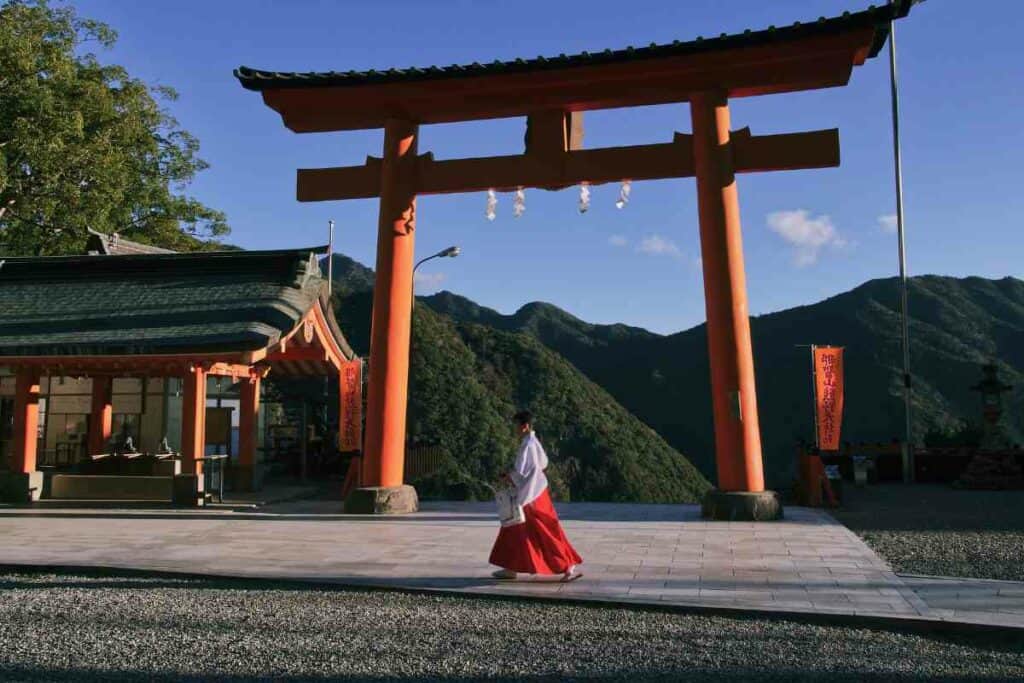
The war between the British and Japanese gave way to civil war which firmly restored imperial rule.
By the brink of the 20th century, Japan had become an industrialized global power; however, tradition still holds strong in the face of contemporary secularisation.
Neo (or “new”) Shintoism refers to the advancing of Shinto practices which are spreading throughout the known world.
Reaching abroad, Shintoism is being assimilated by varying cultures, who are innovatively adapting practices to meet their own distinct needs.
One of a multitude of interesting examples, is a form of Shinto-Paganism which has been practiced in the UK. The more time goes by, the more Shinto adapts and develops.
As with many religions, there has been a rocky road on which Shintoism has both traveled and evolved.
Although many have tried to reduce its influence on Japanese culture, it has nevertheless endured. ‘The Way of Kami’, ‘The Way of the Spirits’, Shrine Shinto, or ‘Popular Shinto’; however, people choose to refer to it, the fact remains that it is an independent and indigenous religion of Japan.
An arguably peaceful and spiritual religion, it now flourishes in many parts of Japan and is embraced by many who are not even native to that country.
It is not only accepted globally, but also adapted to meet the needs of others, and even merged with other traditions as it evolves over time.